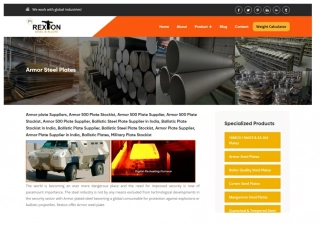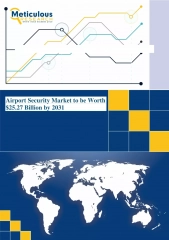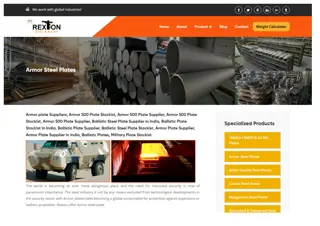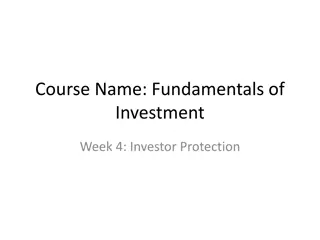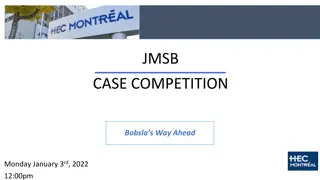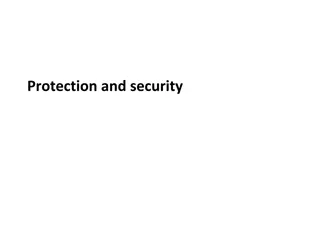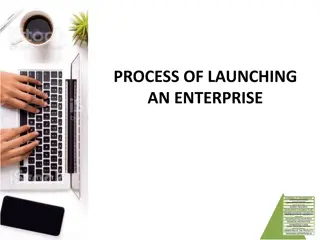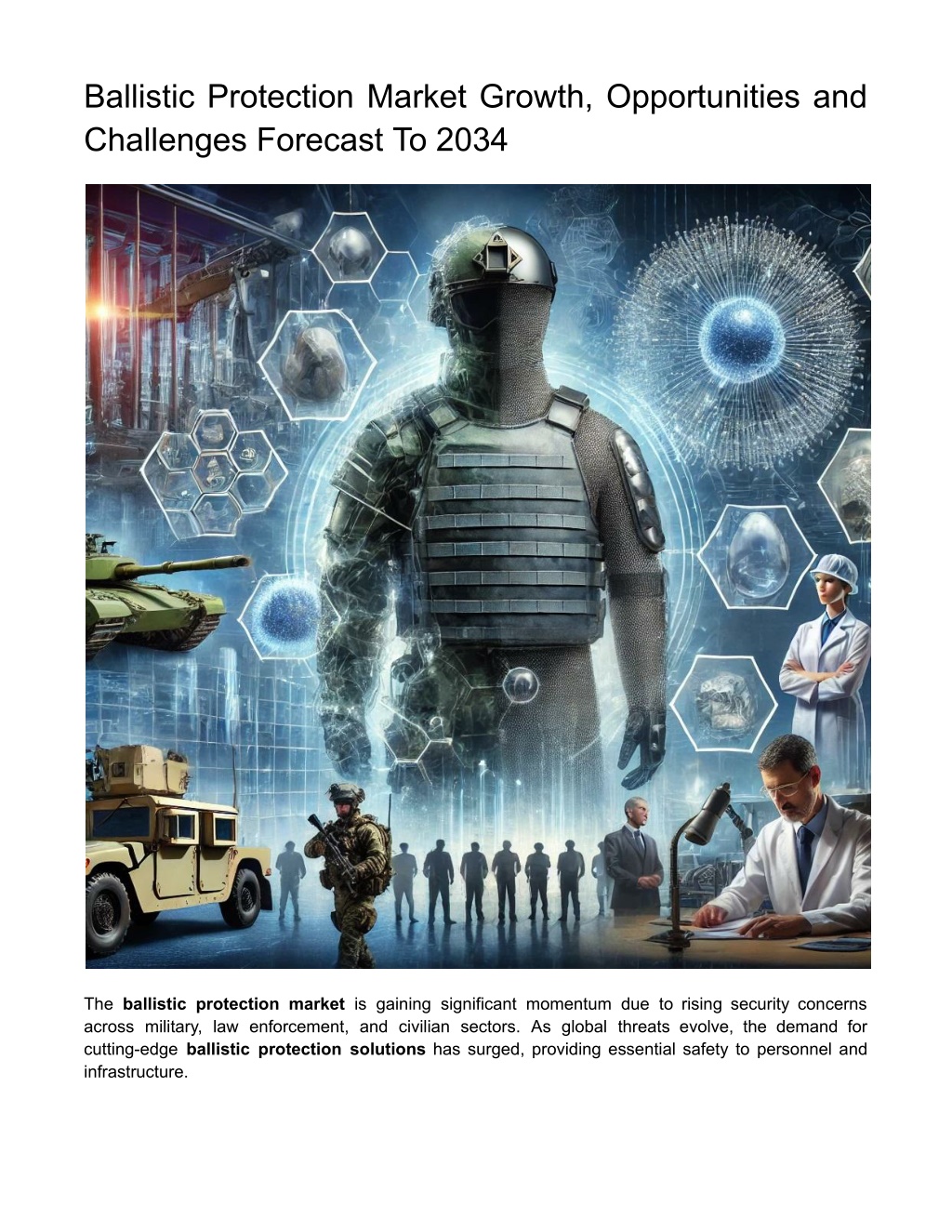
Ballistic Protection Market Growth, Opportunities and Challenges Forecast
The ballistic protection market was valued at $15.33 billion in 2024, is anticipated to grow at a CAGR of 5.46%, reaching $26.08 billion by 2034.nnRead Report Overview: //bisresearch.com/industry-report/ballistic-protection-market.html
Download Presentation

Please find below an Image/Link to download the presentation.
The content on the website is provided AS IS for your information and personal use only. It may not be sold, licensed, or shared on other websites without obtaining consent from the author. Download presentation by click this link. If you encounter any issues during the download, it is possible that the publisher has removed the file from their server.
E N D
Presentation Transcript
Ballistic Protection Market Growth, Opportunities and Challenges Forecast To 2034 The ballistic protection market is gaining significant momentum due to rising security concerns across military, law enforcement, and civilian sectors. As global threats evolve, the demand for cutting-edge ballistic protection solutions has surged, providing essential safety to personnel and infrastructure.
According to BIS Research, the ballistic protection market was valued at $15.33 billion in 2024, is anticipated to grow at a CAGR of 5.46%, reaching $26.08 billion by 2034, driven by increasing military spending, modernization of defense systems, and rising civil unrest in various parts of the world. Ballistic protection involves advanced materials designed to absorb or deflect the impact of projectiles, bullets, or explosions, safeguarding individuals and equipment. The ballistic protection industry covers a wide range of products, including bulletproof vests, helmets, shields, armored vehicles, and structural reinforcements. These products are essential for military personnel, law enforcement agencies, and even private security firms, ensuring their safety in life-threatening situations. Rising Focus on Enhanced Ballistic Protection for Law Enforcement Officers There is increasing focus on improving protective measures for law enforcement officers. The surge in urban violence and civil unrest in major cities across the U.S. and Europe has driven higher investments in ballistic protection. Police departments are now routinely outfitting their officers with advanced body armor to manage potential dangers during daily patrols and special operations. Incidents such as the 2016 Dallas police shooting, where officers were targeted during a protest, highlight the urgent need for reliable ballistic protection to ensure public safety and maintain order. Key Ballistic Protection Market Growth Drivers 1. Rising Military Expenditure: Governments around the world are ramping up their defense budgets to address emerging security challenges. This increase in military spending fuels the demand for advanced ballistic protection systems to safeguard troops and defense personnel. 2. Technological Advancements: Innovations in materials science, such as lightweight composite materials, nanotechnology, and ceramics, are leading to the development of more effective and lighter ballistic protection solutions. These advancements enhance mobility while maintaining high levels of safety. 3. Increasing Law Enforcement Needs: With the rise in crime rates and civil unrest, law enforcement agencies require state-of-the-art ballistic protection gear, such as body armor and shields, to ensure the safety of officers on duty. 4. Civilian Security: The demand for ballistic protection is no longer limited to military and law enforcement. Civilians, especially in high-risk zones, are adopting ballistic products for personal and structural safety. Request A Free Detailed Sample on Ballistic Protection Market! Emerging Trends in the Ballistic Protection Industry 1. Lightweight Protection: One of the significant trends in the ballistic protection industry is the focus on lightweight materials that provide high protection without adding excess weight. This is crucial for improving the mobility and endurance of soldiers and law enforcement personnel.
2. Smart Ballistic Systems: Integration of smart technology into ballistic protection gear is another emerging trend. Wearable sensors and real-time data analysis can help monitor soldier conditions, detect damage to the armor, and even send out emergency alerts. 3. Customization and Modular Solutions: Growing demand for modular ballistic protection solutions that can be customized to fit specific needs is shaping the industry. Users can now select armor systems tailored to various threat levels, environments, and mission requirements. Future Outlook The future of the ballistic protection market looks promising with the continued rise of global defense spending and technological advancements. Innovations in material science and the development of smart and modular protection systems are expected to create new growth avenues for the ballistic protection industry. With the increasing focus on personal safety and security, both military personnel and civilians will continue to drive demand for effective and efficient ballistic protection products. As geopolitical tensions and security challenges rise, the market will play a crucial role in providing solutions that safeguard lives and infrastructure. Some of the prominent companies in this market are: BAE Systems plc DuPont de Nemours, Inc. avon protection systems Point Blank Enterprises, Inc. Rheinmetall AG Saab AB Download Our ToC: Click Here! Conclusion The ballistic protection market is set to grow steadily as global security concerns drive demand for advanced protective solutions. Innovations in material science and the increasing need for lightweight, durable armor are key factors shaping the future of the industry. With continued investment from military, law enforcement, and civilian sectors, the development of more efficient and adaptable protective systems will play a crucial role in ensuring the safety of personnel and infrastructure in an evolving threat landscape.

